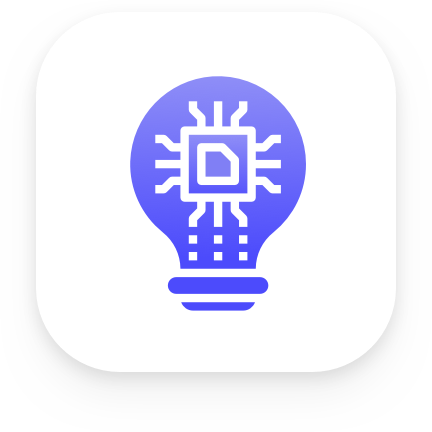Comments
There's unfortunately not much to read here yet...
Moving around in the world is naturally a multisensory experience, but today's embodied agents are deaf - restricted to solely their visual perception of the environment. We introduce audio-visual navigation for complex, acoustically and visually realistic 3D environments. By both seeing and hearing, the agent must learn to navigate to an audio-based target. We develop a multi-modal deep reinforcement learning pipeline to train navigation policies end-to-end from a stream of egocentric audio-visual observations, allowing the agent to (1) discover elements of the geometry of the physical space indicated by the reverberating audio and (2) detect and follow sound-emitting targets. We further introduce audio renderings based on geometrical acoustic simulations for a set of publicly available 3D assets and instrument AI-Habitat to support the new sensor, making it possible to insert arbitrary sound sources in an array of apartment, office, and hotel environments. Our results show that audio greatly benefits embodied visual navigation in 3D spaces.
There's unfortunately not much to read here yet...
Ever having issues keeping up with everything that's going on in Machine Learning? That's where we help. We're sending out a weekly digest, highlighting the Best of Machine Learning.
 Best of Machine Learning
Best of Machine Learning
Discover the best guides, books, papers and news in Machine Learning, once per week.